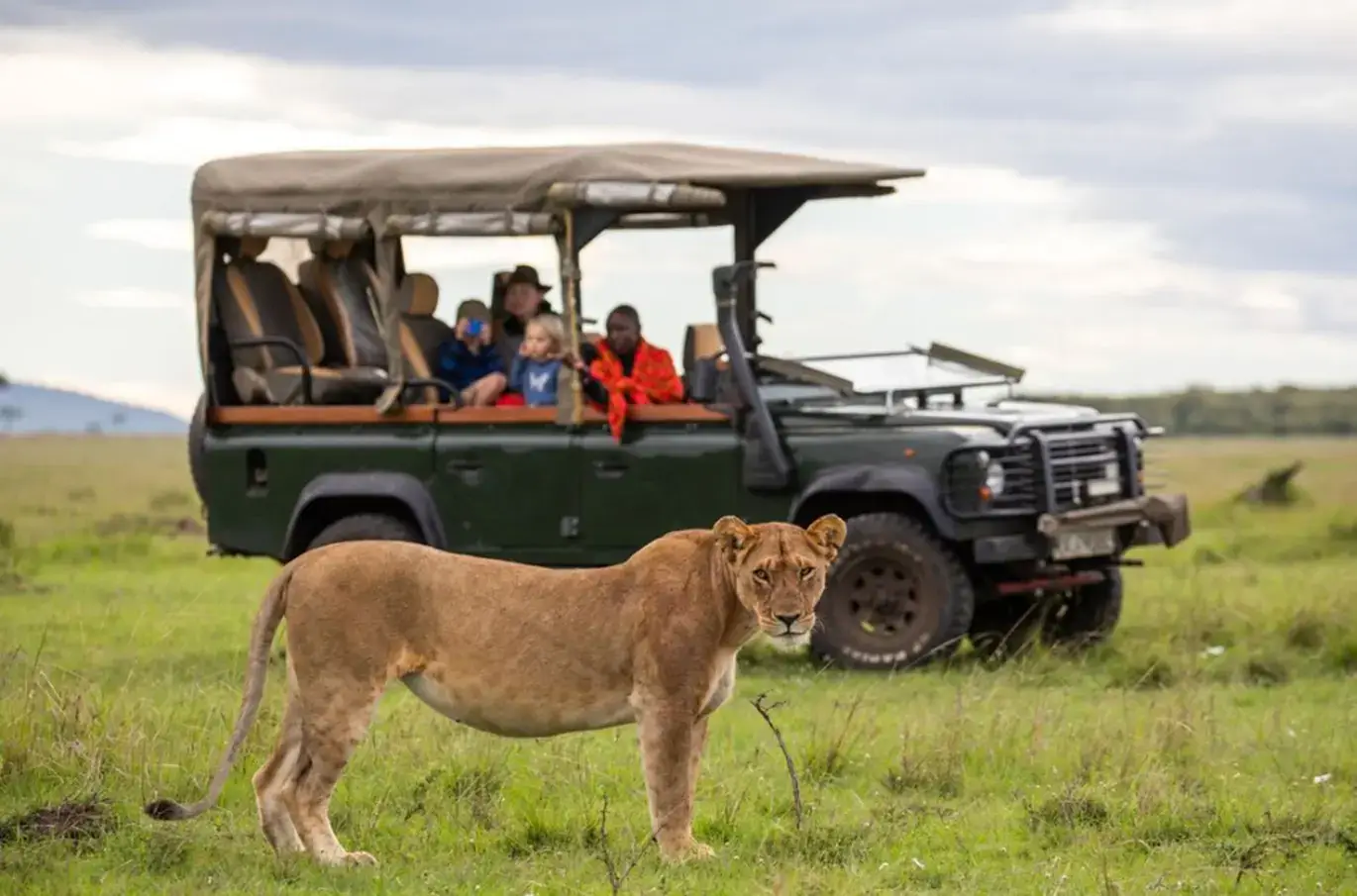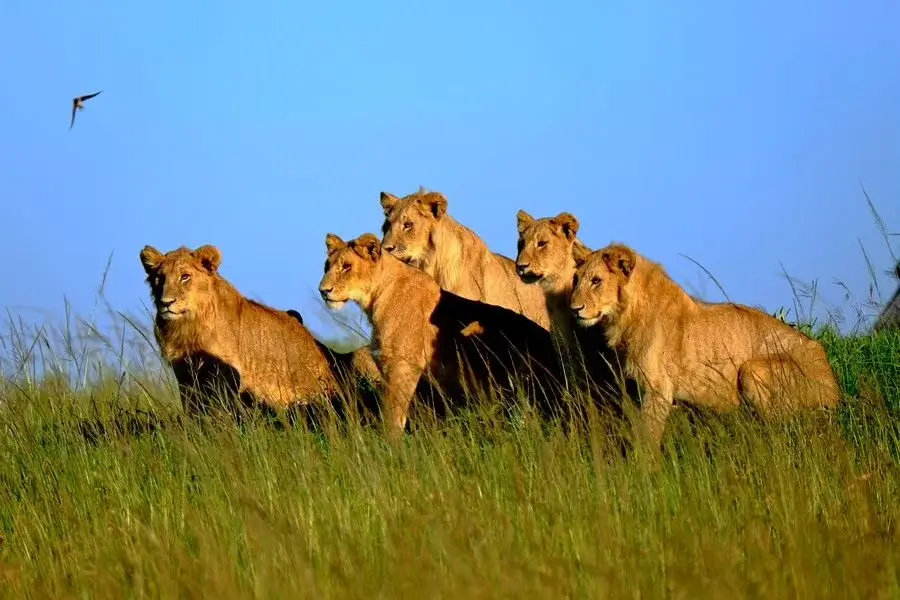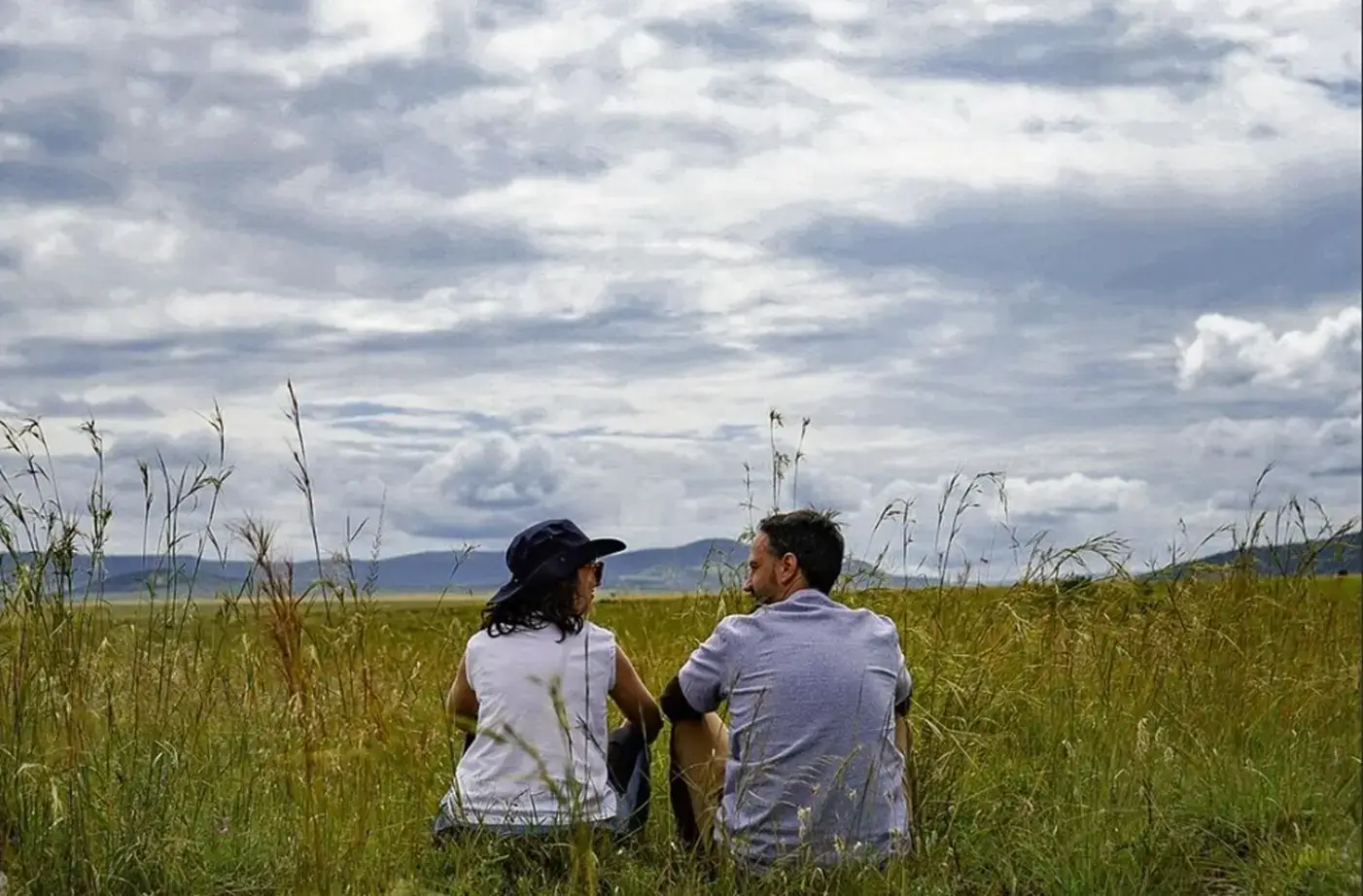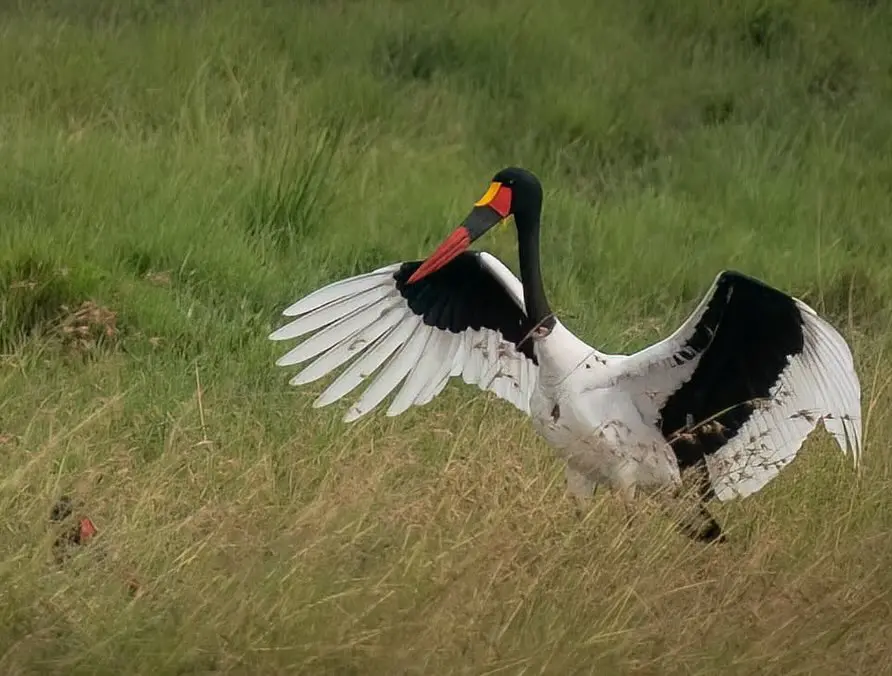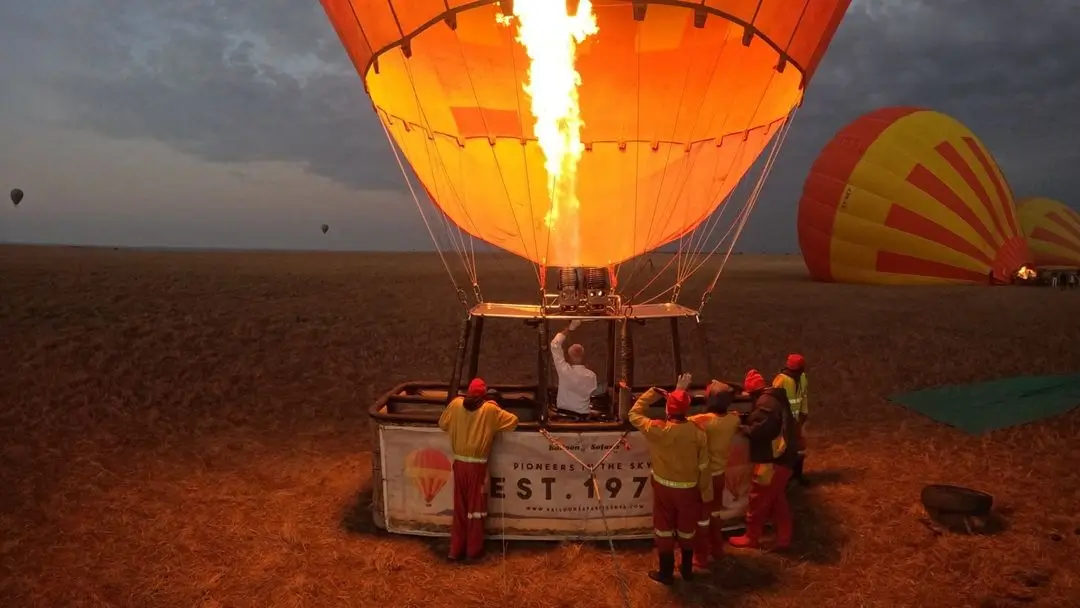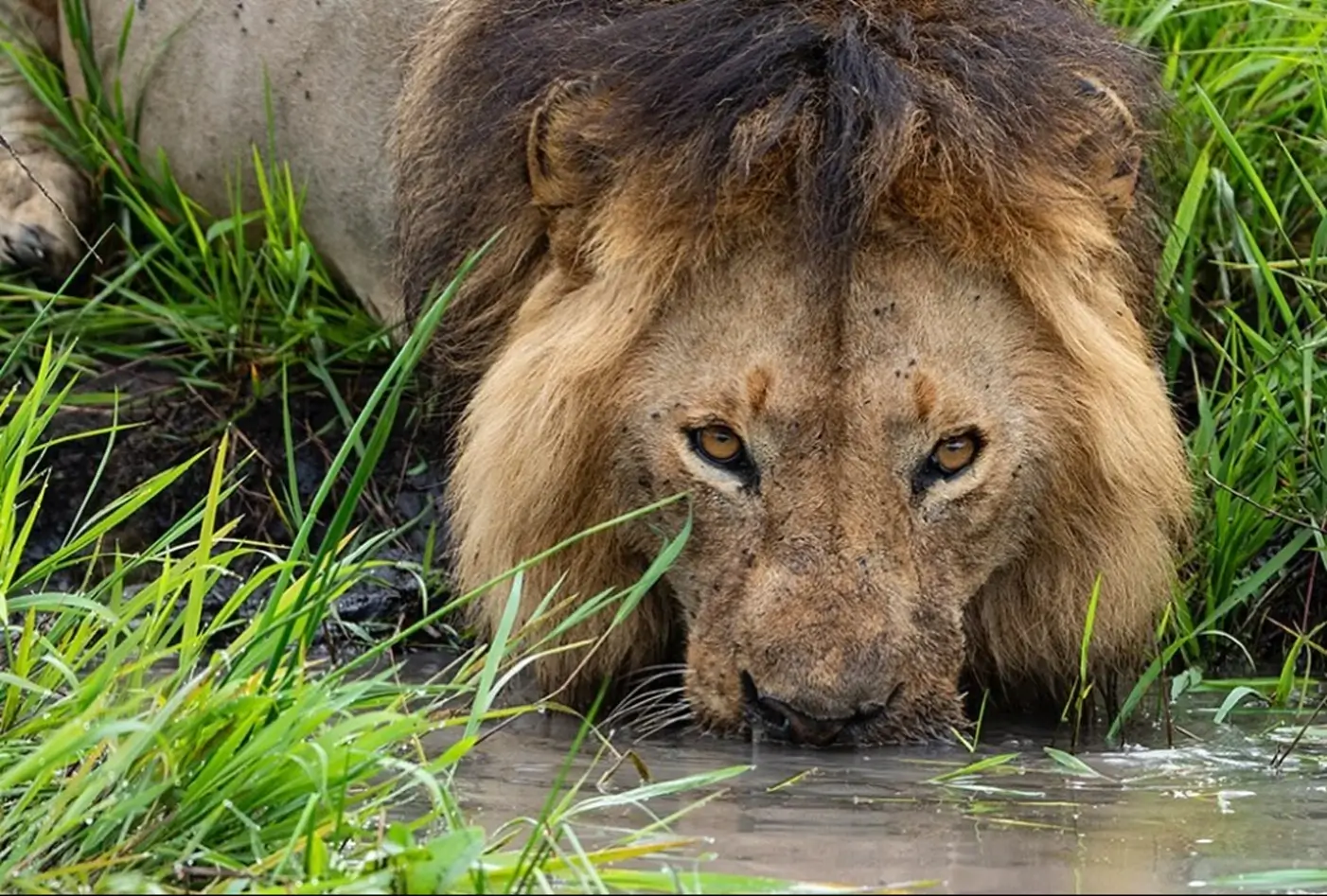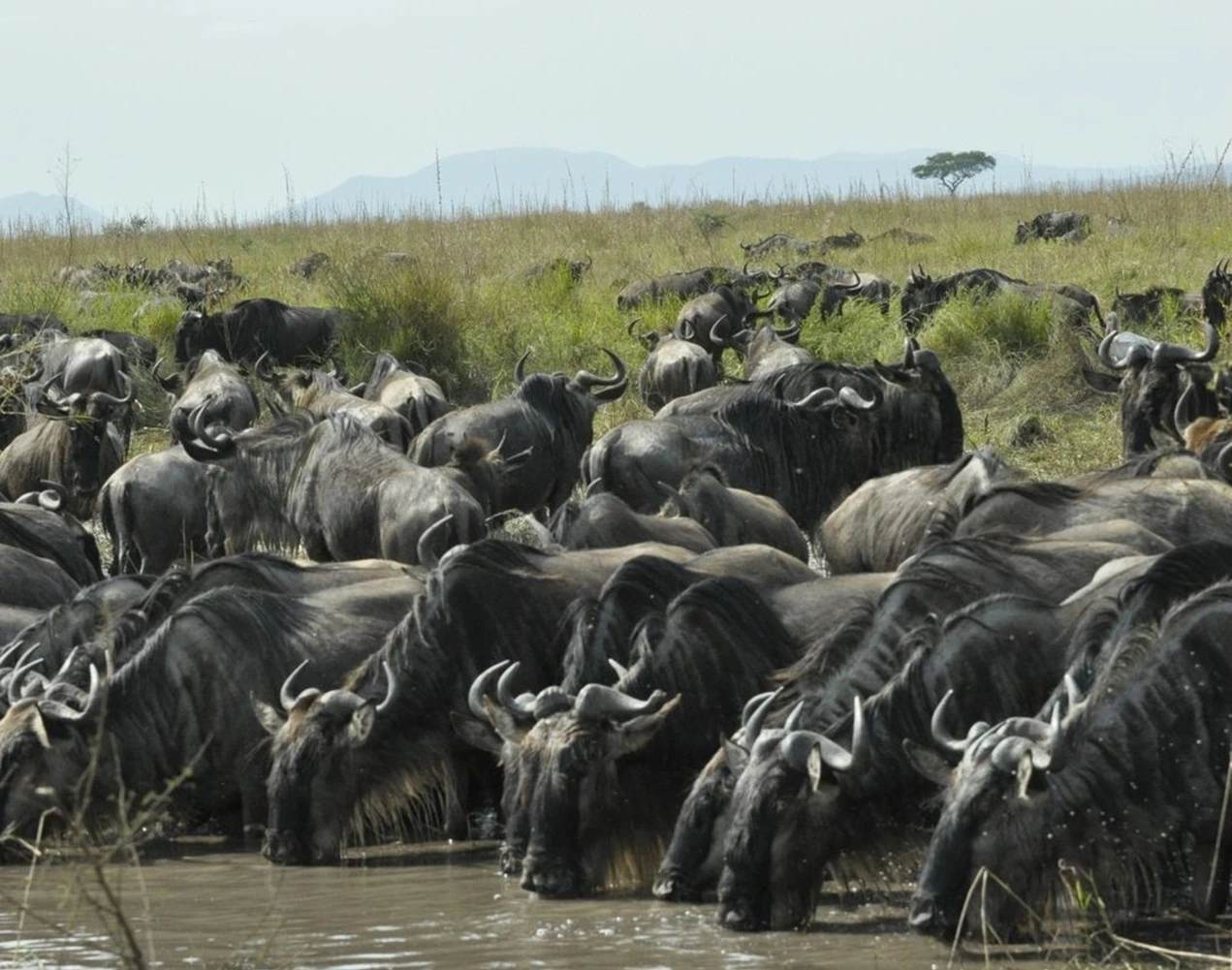
The best time to visit the Masai Mara National Reserve for the wildebeest migration is from August to September. The high season where you have a high chance of witnessing the great wildebeest migration is from July to October.
This period not only offers the most thrilling migration events, but it also coincides with the dry season, making it easier to spot wildlife as animals gather around water sources in the open savannah.
|
Aspect |
Key Information |
|
Migration Timeline |
|
|
Weather Conditions |
Dry season (July to October): Cool mornings, warm days. Ideal for game viewing as animals gather around water sources. |
|
Best River Crossing Spots |
Kichwa Tembo, Serena, and Little Governor’s crossing points. Stay near the Mara River for best chances to witness crossings. |
Best Months for Witnessing the Wildebeest Migration
July, August, September, and October are the best months to visit the Masai Mara for the wildebeest migration. During these months, the migration is in full swing, with August and September offering the most exciting action.
This is when thousands of wildebeest bravely cross the Mara River, making it one of nature’s most breathtaking spectacles. If you visit during this time, you are almost guaranteed to witness this dramatic event, which has become a bucket-list experience for wildlife enthusiasts.
Wildebeest Migration Timeline
- July: The wildebeest herds start arriving from the Serengeti, and river crossings may begin towards the end of the month. This is the build-up phase of the migration as the animals settle into the Mara ecosystem.
- August to September: This is the peak migration period. The wildebeest congregate at the Mara River, and huge herds attempt to cross, often facing predators like crocodiles. These months are prime time for witnessing the most intense action, with thousands of wildebeest leaping into the river.
- October: By this time, the migration begins to slow, but it is still an excellent period for game viewing. The herds graze throughout the Masai Mara before starting their return journey to the Serengeti.
Weather Conditions During the Time of Migration
The July to October window offers not just incredible wildlife viewing, but also some of the most pleasant weather conditions for a safari. This period falls within the dry season, meaning you are in for warm, sunny days and cool mornings.
The dry season brings a sense of clarity to the Mara, with animals gathering around water sources, making game viewing far easier. Trust me, there’s something magical about the crisp morning air during an early drive, watching the savannah come alive as the sun rises over the horizon.
Things to Pack During the Great Migration Season
From my experience, you’ll want to pack layers because while the days are comfortably warm, the early mornings and evenings can be quite chilly. I've had mornings where temperatures were cold enough for a jacket, but by midday, the warmth of the African sun makes light clothing more suitable.
Daytime highs remain mild, which is ideal when you're spending several hours on game drives. The clear skies during this season also make it perfect for capturing those postcard-worthy photographs of the wildebeest herds and other wildlife.
Best Spots to View Wildebeests Crossing the River
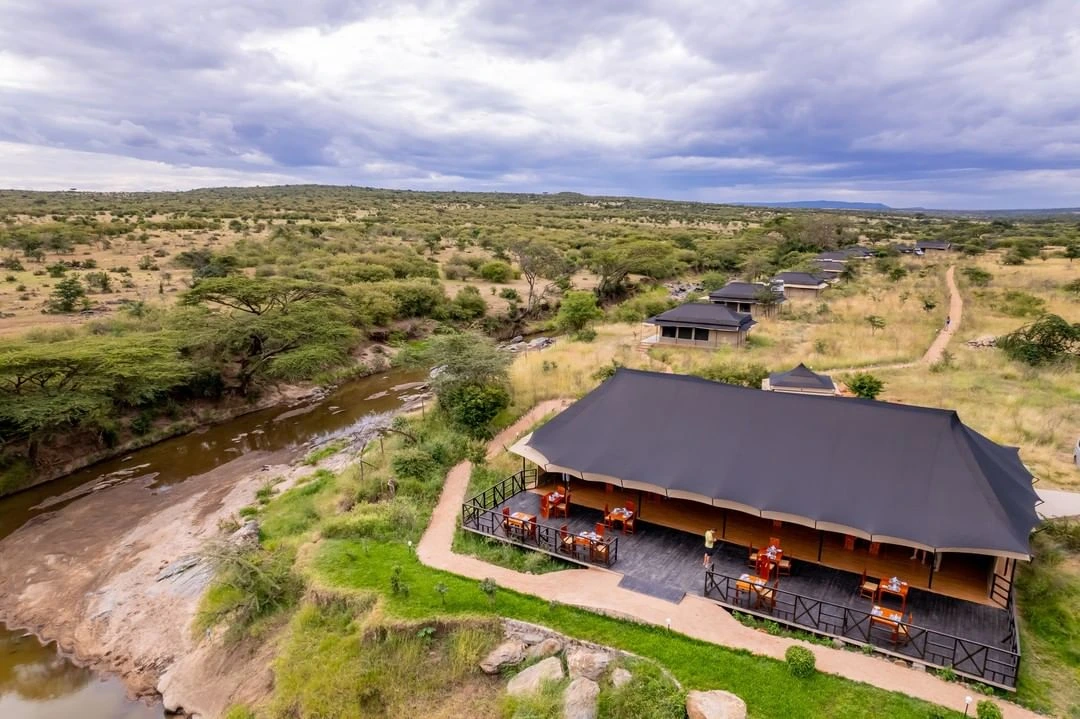
From our experience, staying near the Mara River is your best bet. Some of the most famous crossing points include Kichwa Tembo, Serena, and Little Governor’s crossing points. These locations are not just well-known—they're strategic spots where you have a high likelihood of seeing thousands of wildebeest braving the crocodile-infested waters.
Ways to Maximize Your River Crossing Experience
To increase your chances of witnessing a river crossing, it's best to start your game drives early in the morning and be prepared to wait. I recommend spending multiple days in the Mara to ensure you don’t miss these fleeting moments.
A local guide, such as one from Kenya Peaks Adventure, can make all the difference—they know the patterns of the herds and can position you at the right place at the right time.
Other Wildlife You can See During the Wildebeest Migration Season
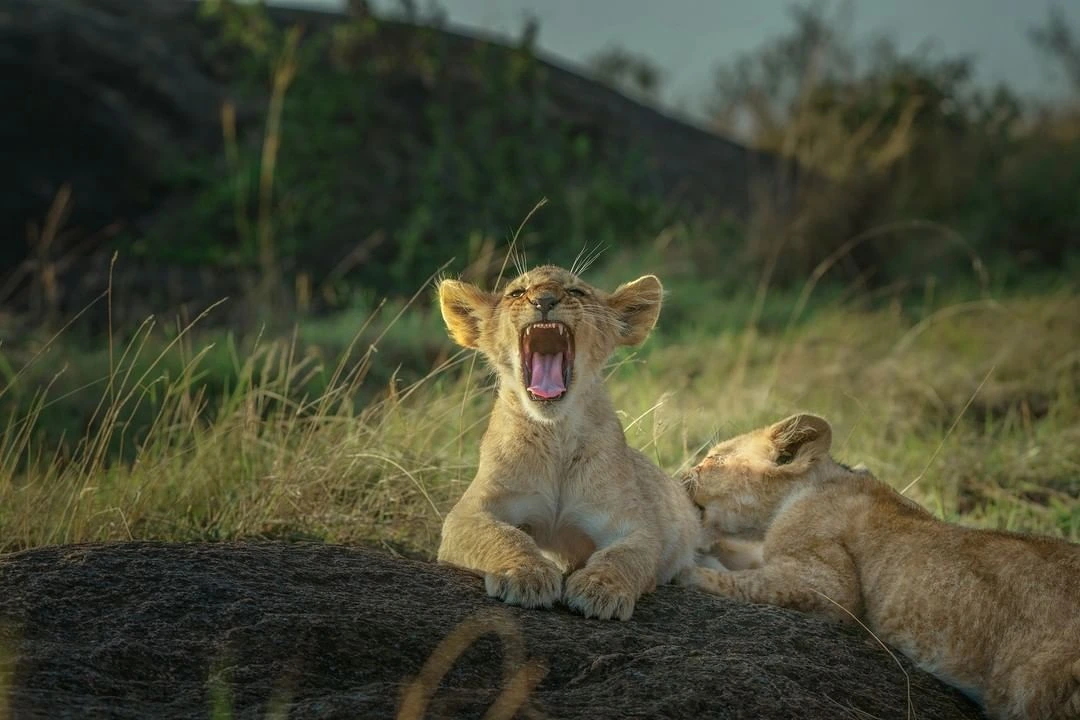
You can see the Big Five and other wildlife at Masai Mara during the wildebeest migration time. In fact, one of the biggest surprises for many visitors is how rich and diverse the game viewing is beyond the migration itself.
During the migration season, you’ll have the chance to see the Big Five: lion, leopard, elephant, buffalo, and rhino. What I have experienced is that you can also witness lions hunting as the herds of wildebeest move through the Mara.
Predators like lions, cheetahs, and even leopards take full advantage of the abundance of prey, making it an exciting time for spotting big cats in action.
The drama of the migration doesn't stop at the river crossings. Once the wildebeest and zebras make it across the Mara River, the savannah becomes a hunting ground for predators.
It is a time of great opportunity for lions, hyenas, and crocodiles—all of which thrive on the bounty brought by the migration.
Early Arrivals and Other Activities
While the peak of the migration typically happens between July and October, it's worth noting that early arrivals sometimes occur as early as June, depending on the rainfall patterns. In some years, smaller herds of wildebeest begin arriving ahead of schedule, giving visitors a preview of what’s to come.
I have visited the Mara in June, and while it wasn’t peak season, I still witnessed the build-up of wildebeest herds—a more tranquil experience with fewer crowds but plenty of action.
Additional Activities
If you’re looking for a unique way to take in the migration, consider a hot air balloon safari. Floating over the Mara at sunrise, watching the herds from above, is an unforgettable experience.
In addition to balloon safaris, cultural visits to Maasai villages or nature walks are other activities that can round out your trip.
Why You Should Avoid the Rainy Season
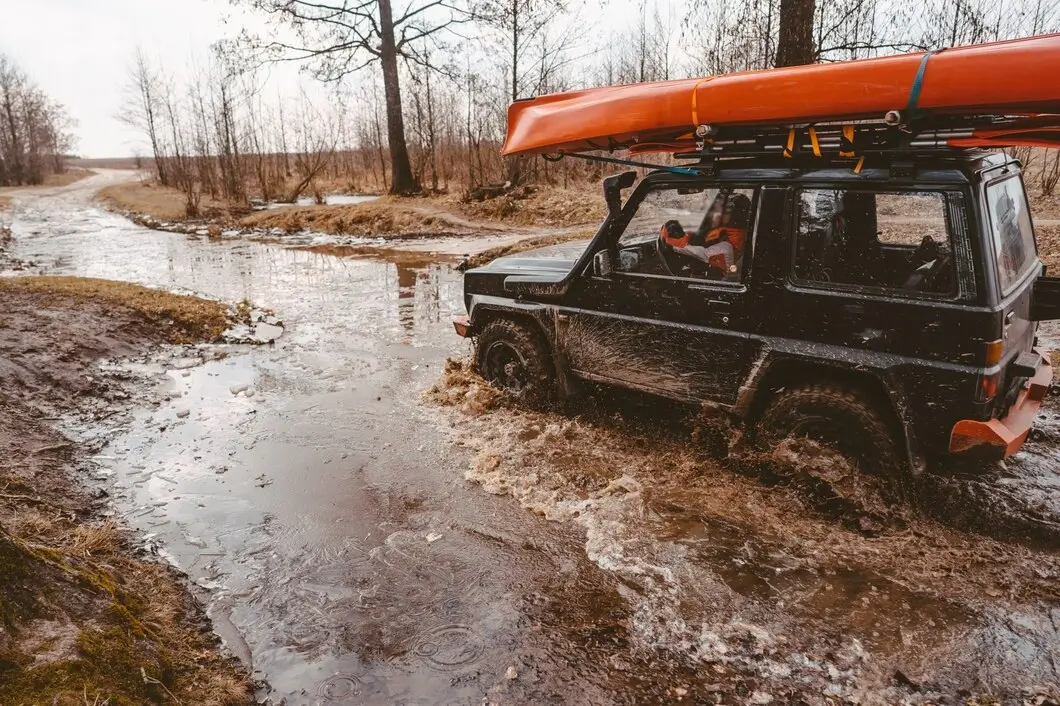
The long rainy season, from March to May, is generally not ideal for visiting the Masai Mara if your goal is to see wildlife in abundance. Heavy rains can make travel difficult, with roads becoming muddy and in some cases impassable. From our experience, rainy season leave the wildlife more scattered, and the roads can be difficult to navigate.
In addition to difficult travel conditions, the wildlife tends to disperse as water becomes more readily available across the plains. This can make game drives less fruitful compared to the dry season when animals gather near water sources.
The rains also bring more mosquitoes, which can affect the overall experience. Based on my personal experience and from what I’ve learned, it’s much better to plan your visit during the dry season for the best wildebeest migration viewing and wildlife encounters with an easier travel.
